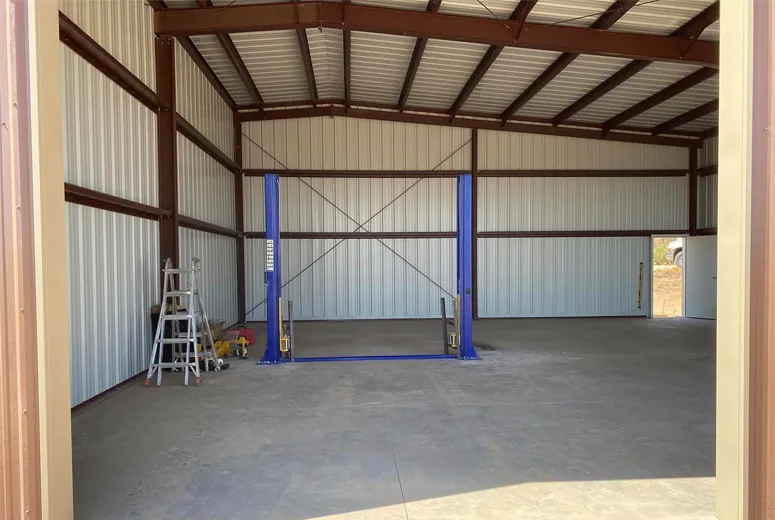- Afrikaans
- Albanian
- Amharic
- Arabic
- Armenian
- Azerbaijani
- Basque
- Belarusian
- Bengali
- Bosnian
- Bulgarian
- Catalan
- Cebuano
- Corsican
- Croatian
- Czech
- Danish
- Dutch
- English
- Esperanto
- Estonian
- Finnish
- French
- Frisian
- Galician
- Georgian
- German
- Greek
- Gujarati
- Haitian Creole
- hausa
- hawaiian
- Hebrew
- Hindi
- Miao
- Hungarian
- Icelandic
- igbo
- Indonesian
- irish
- Italian
- Japanese
- Javanese
- Kannada
- kazakh
- Khmer
- Rwandese
- Korean
- Kurdish
- Kyrgyz
- Lao
- Latin
- Latvian
- Lithuanian
- Luxembourgish
- Macedonian
- Malgashi
- Malay
- Malayalam
- Maltese
- Maori
- Marathi
- Mongolian
- Myanmar
- Nepali
- Norwegian
- Norwegian
- Occitan
- Pashto
- Persian
- Polish
- Portuguese
- Punjabi
- Romanian
- Russian
- Samoan
- Scottish Gaelic
- Serbian
- Sesotho
- Shona
- Sindhi
- Sinhala
- Slovak
- Slovenian
- Somali
- Spanish
- Sundanese
- Swahili
- Swedish
- Tagalog
- Tajik
- Tamil
- Tatar
- Telugu
- Thai
- Turkish
- Turkmen
- Ukrainian
- Urdu
- Uighur
- Uzbek
- Vietnamese
- Welsh
- Bantu
- Yiddish
- Yoruba
- Zulu
Dec . 05, 2024 13:07 Back to list
The Role of Steel in Agricultural Buildings
Agriculture is an essential sector that feeds the growing global population, and the structures that support this industry are just as important as the agricultural practices themselves. Among the various materials available for constructing agricultural buildings, steel has emerged as a leading choice. Its unique properties offer numerous advantages for farmers and agricultural businesses, enabling them to build efficient and durable structures that can withstand the demands of agricultural operations.
Strength and Durability
One of the primary reasons for choosing steel in agricultural construction is its exceptional strength-to-weight ratio. Steel structures can bear significant loads while remaining lightweight, which makes them particularly suitable for large buildings such as barns, storage facilities, and livestock housing. This strength ensures that the building can withstand harsh weather conditions, including heavy snow, strong winds, and rain. In areas prone to extreme weather, steel buildings offer peace of mind, knowing that they are resilient and built to last.
The durability of steel also means less maintenance over time. Unlike wood, which can rot, warp, or be eaten by pests, steel is resistant to many environmental factors. This longevity translates into cost savings, as farmers spend less on repairs and replacements over the years. Additionally, many steel buildings come with protective coatings that enhance their resistance to corrosion and extend their lifespan further.
Flexibility and Customization
Another significant advantage of using steel in agricultural buildings is the flexibility it provides in design and customization. Steel can be easily fabricated into a variety of shapes and sizes, allowing farmers to create structures tailored to their specific needs. Whether it's a simple shed, a complex dairy barn, or an expansive storage facility, steel buildings can accommodate diverse agricultural requirements.
steel agricultural buildings

Moreover, the open-span nature of steel construction eliminates the need for interior support columns, creating vast unobstructed spaces that are ideal for housing machinery, livestock, or crops. This versatility allows farmers to maximize their use of space and adapt their buildings as their operations evolve or grow over time.
Sustainability
As environmental concerns become increasingly prominent, sustainability in agriculture is more crucial than ever. Steel is one of the most recycled materials in the world, and using it for agricultural buildings can significantly reduce the carbon footprint of construction. When steel structures reach the end of their lifespan, they can be dismantled and recycled, minimizing waste and promoting a circular economy. Additionally, many modern steel buildings incorporate energy-efficient designs, which can lead to reduced energy consumption and lower operational costs, further aligning with sustainable practices.
Cost-Effectiveness
While the initial investment in a steel structure might be higher compared to traditional materials like wood, the long-term economic benefits often outweigh these costs. The durability and minimal maintenance requirements of steel buildings can lead to significant savings over time. Furthermore, the speed of construction associated with steel buildings can result in quicker returns on investment. Farmers can get their operations up and running sooner, allowing them to begin generating income without lengthy delays.
Conclusion
Steel agricultural buildings represent a smart investment for modern farmers and agricultural businesses. With their strength, durability, flexibility, and sustainability, these structures are well-suited to meet the challenges of contemporary agriculture. As the sector continues to evolve, embracing technology and innovation, steel buildings will undoubtedly play a pivotal role in supporting the efficiency and productivity required to feed our growing population. By leveraging the advantages of steel, agricultural stakeholders can ensure that their infrastructures are not only functional but also ready to meet the needs of tomorrow's farming practices.
-
How Do Prefabricated Steel Structures Transform Modern Construction?
NewsJul.14,2025
-
How Do Prefabricated Metal Buildings Redefine Modern Construction?
NewsJul.14,2025
-
How Do Prefab Insulated Metal Buildings and Steel Structures Revolutionize Modern Construction?
NewsJul.14,2025
-
How Do Pre - Engineered Steel Structures Redefine Modern Construction?
NewsJul.14,2025
-
Advancing Modular Construction with Prefabricated Metal Structures
NewsJul.14,2025
-
Advancing Industrial Infrastructure with Prefabricated Steel Solutions
NewsJul.14,2025
Products categories
Our Latest News
We have a professional design team and an excellent production and construction team.












